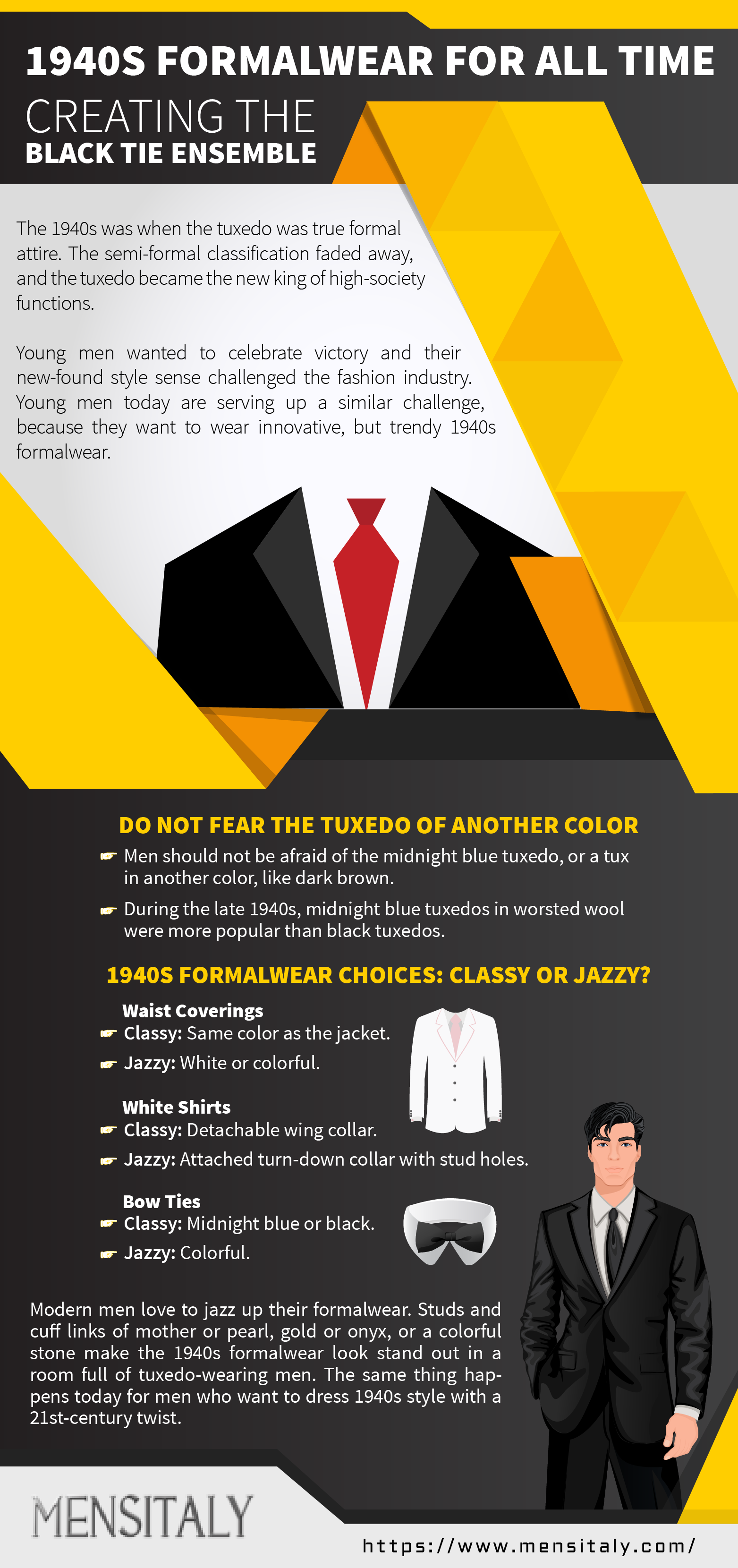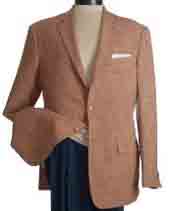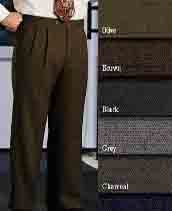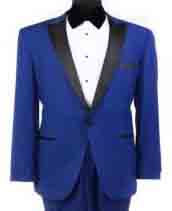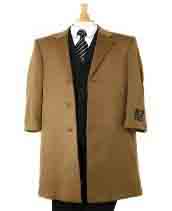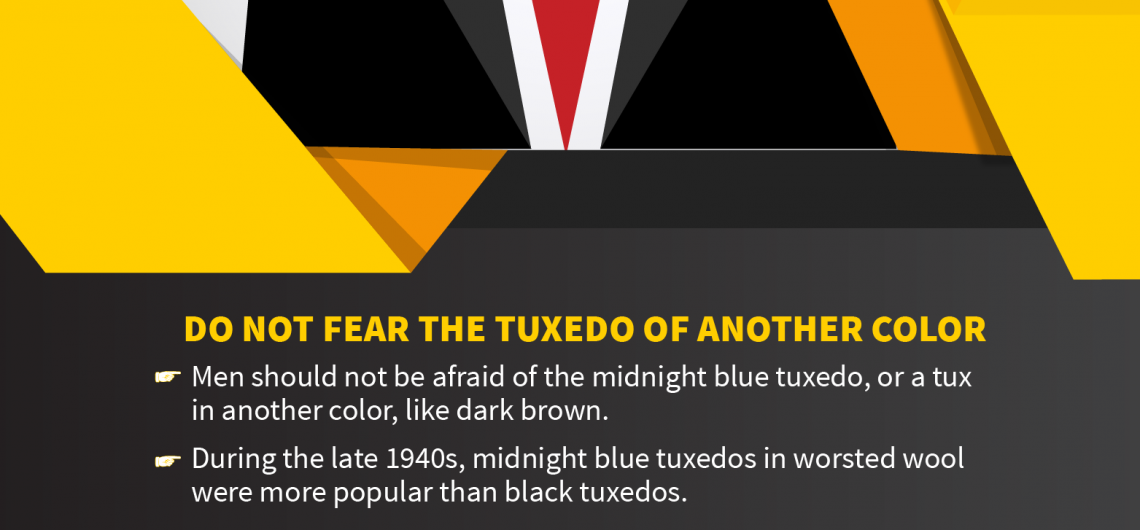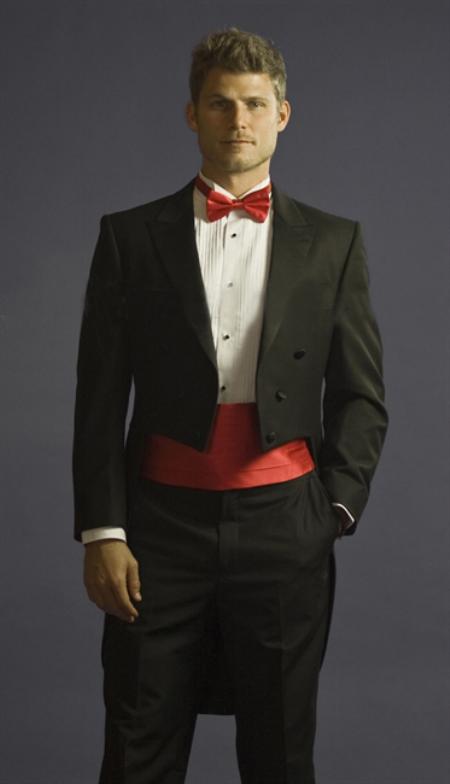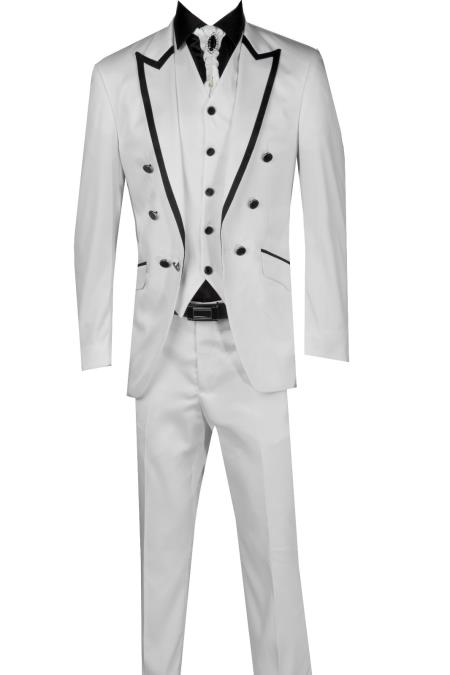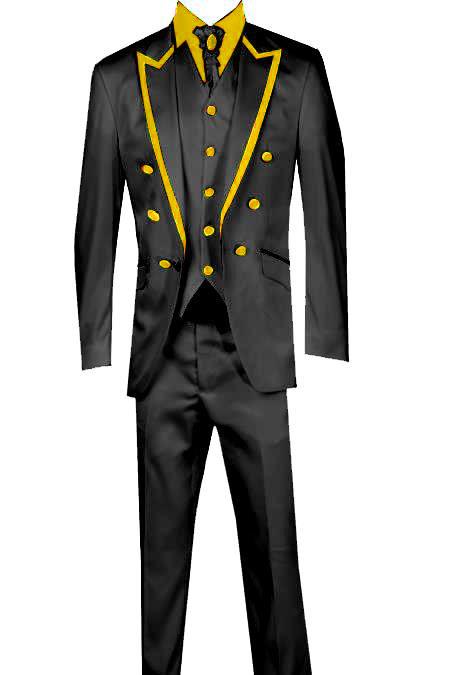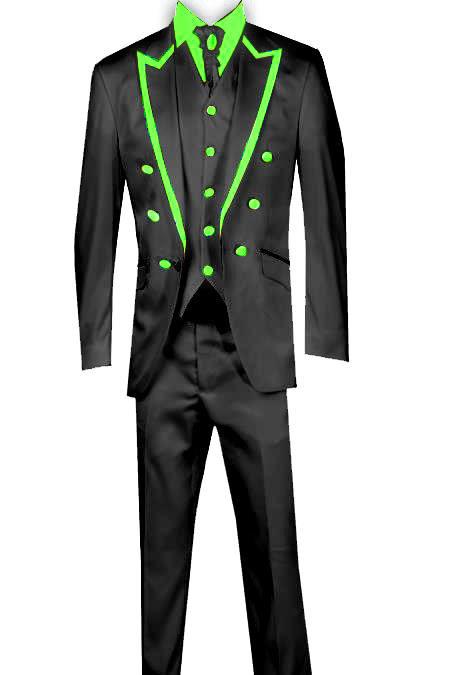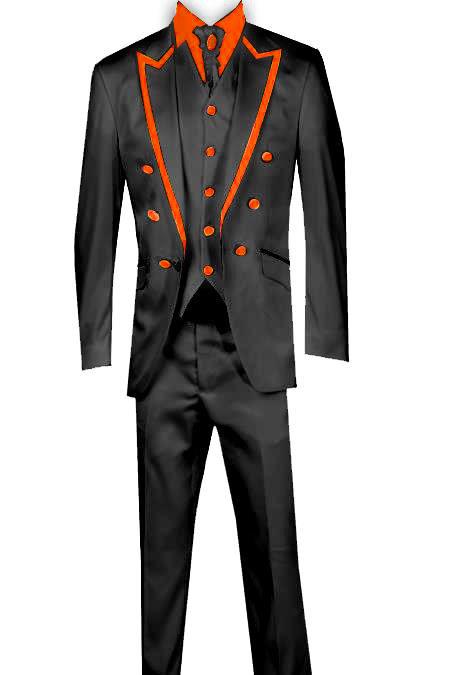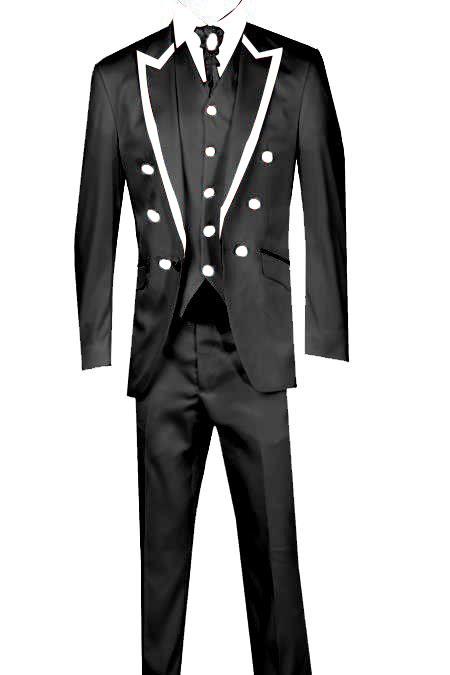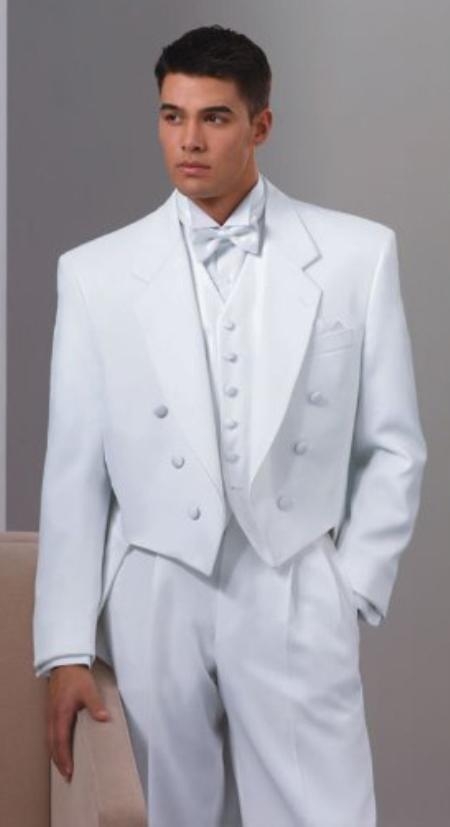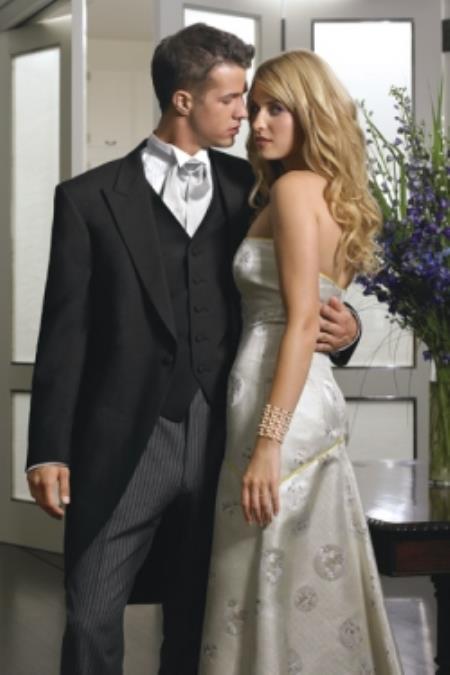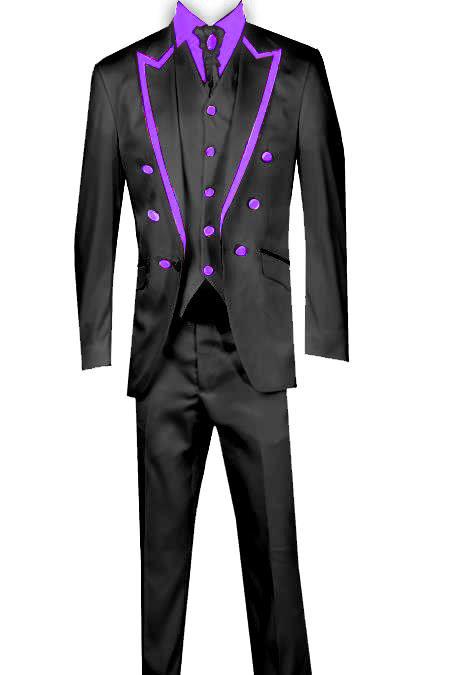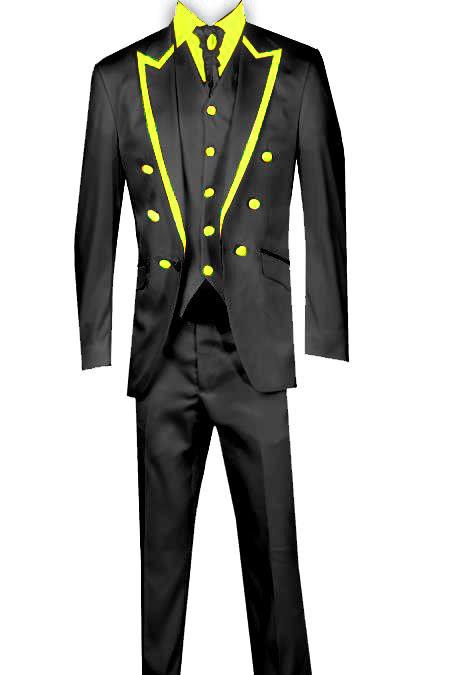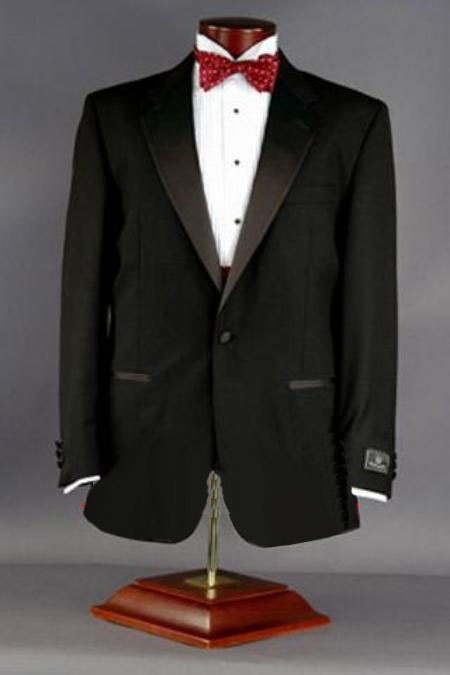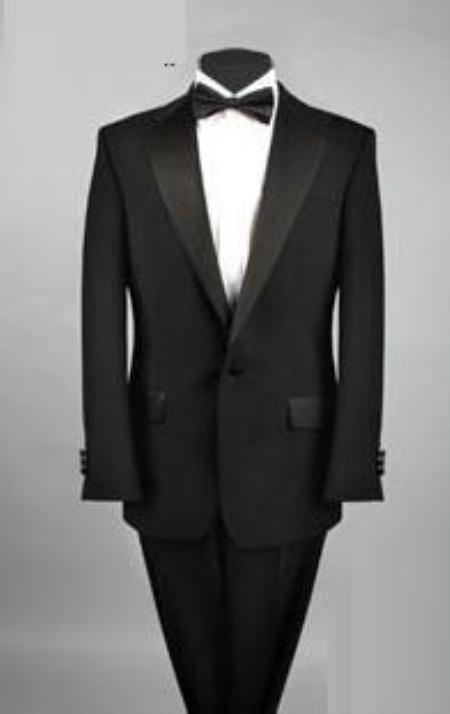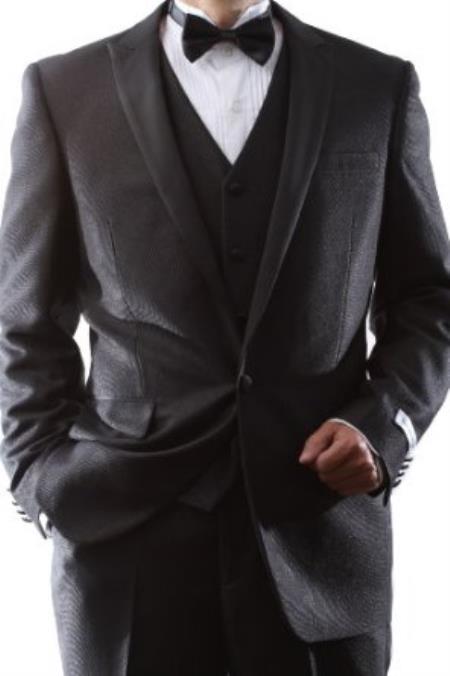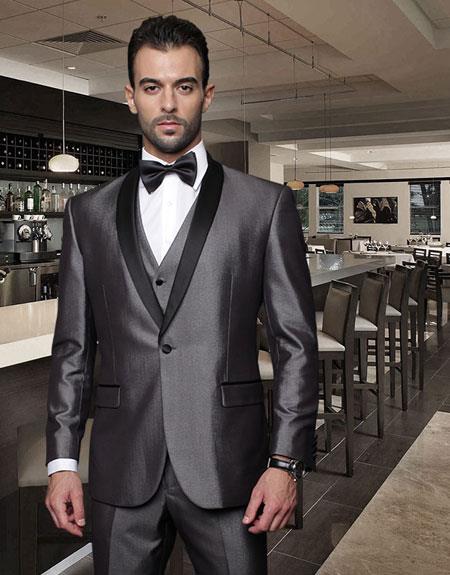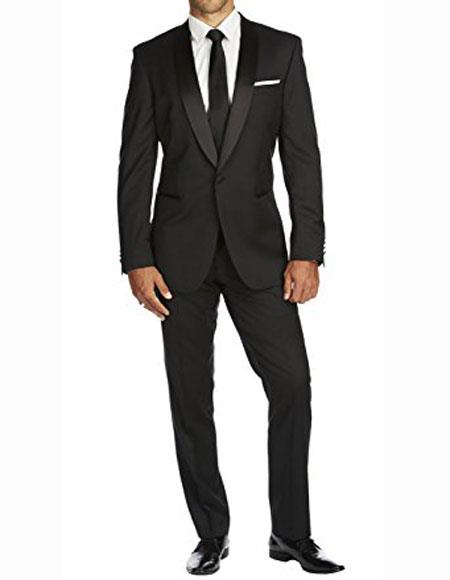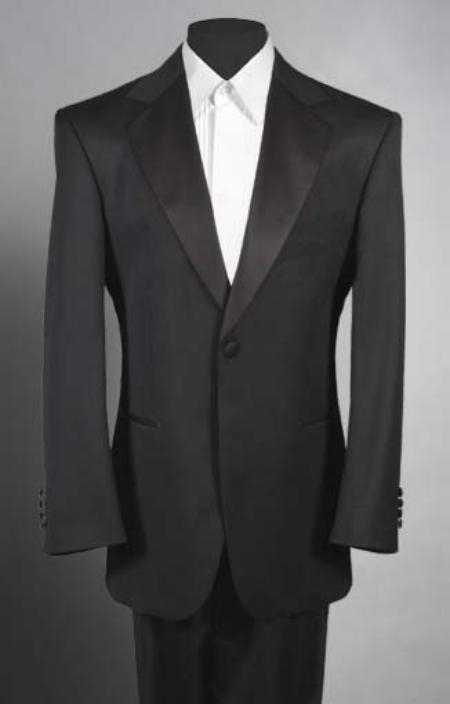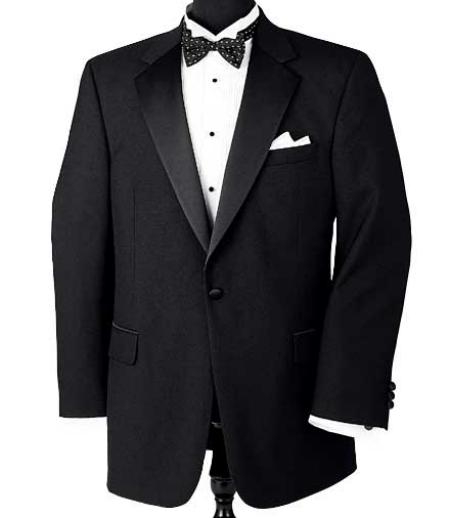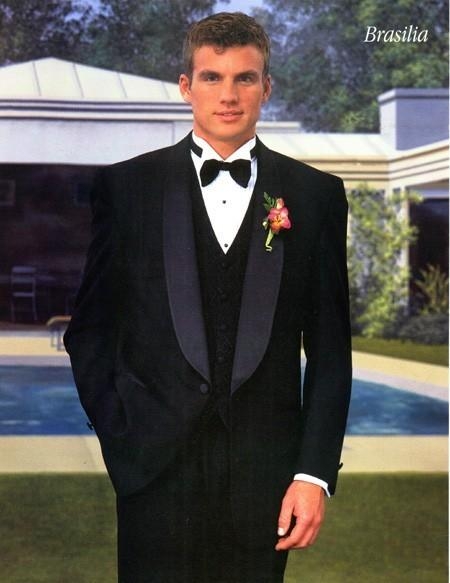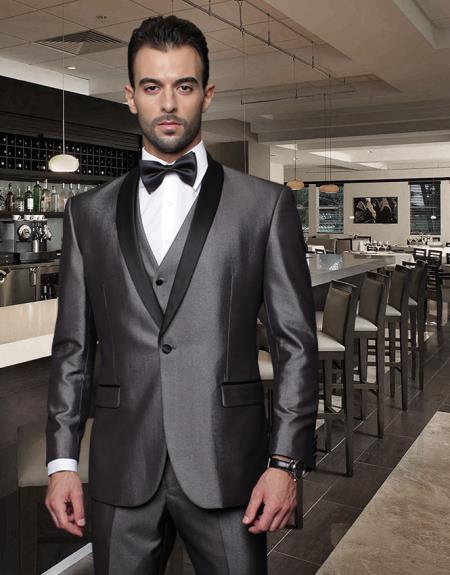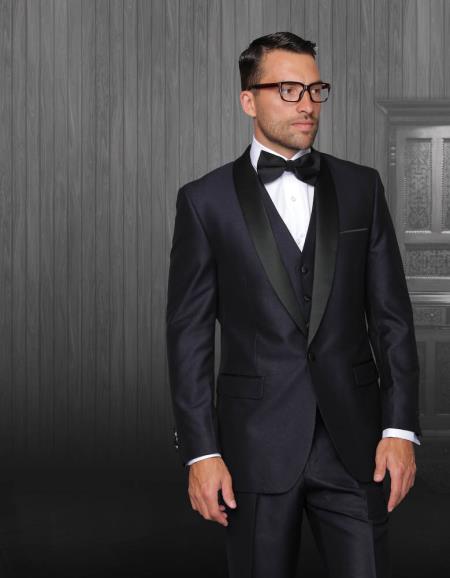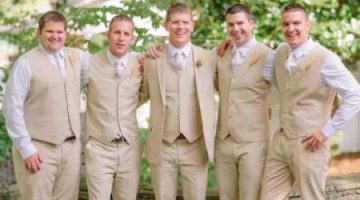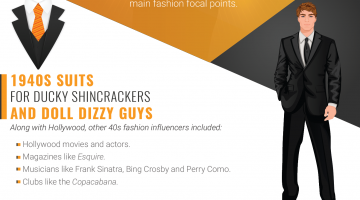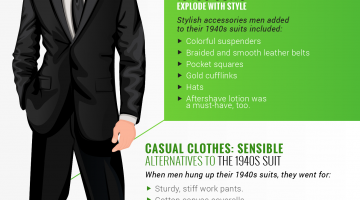Fashion is always evolving. It is never stagnant. Fashion tends to repeat itself, too. When it does, there is always something fresh and new to add to the established trend. The 1940s was a monumental decade for the fashion industry and for the world. The first half of the decade was all about World War II military fashion. The second half was a celebration and the birth of a relaxed formal look in fashion. 1940s formalwear is no exception to this rule. Today, many men are trying to replicate the black tie ensemble of the 40s. If you are one of them, take a look at the past, add a bit of the present, and you’ll have the perfect black tie look.
1940s Formalwear: The Fashion Motivators of the Day
Formal black tailcoats and white ties were offensive to democratic taste after the war. One trend was to wear tails only for formal occasions. The 1948 Book of Etiquette stated tuxedo tails should be the 1940s formalwear choice for a night at the opera or an elaborate wedding. Event organizers changed dress codes so young men could be black tie formal instead of white tie formal.
The 1940s was the decade when the tuxedo was true formal attire. The semi-formal classification faded away. The tuxedo became the new king of high-society functions. Young men who wanted to celebrate victory and their new-found style sense gave the fashion industry a new challenge. Young men today are serving up a similar challenge. Men want to wear innovative but trendy 1940s formalwear.
A Tuxedo of Another Color
Young men were the fashion motivators of the day. Modern men want to give their tuxedos a dose of personal style. Men today are the new fashion pioneers. They are not afraid to add color to a tuxedo or be bold and daring in their accessory choices. Men should not be afraid of the midnight blue tuxedo, or a tux in another color, like dark brown. During the late 1940s, midnight blue tuxedos in worsted wool were more popular than black tuxedos.
The one-button tuxedo jacket with matching pants was the first choice. However, more men put on a double-breasted jacket with peak lapels, instead of the silk shawl collar, single-button tux that most men usually wore. Trousers always matched the jacket, and that trend continues today.
Waist Coats and Wing Collars
The waist covering for the single-breasted jacket was the same color as the jacket, but a white waistcoat was also acceptable for some events. A detachable wing collar white shirt with pleats was the first choice in the old days, but the attached turn-down collar with holes for two or three studs was a good alternative.
The plain midnight blue bow tie or a plain black bow tie was the first choice, but the men who wanted to add their own style touch put on a colorful bow tie. Some even went for interesting patterns and adornments. That trend is even more popular today.
What About Accessories?
The mens tuxedo shoes in black patent leather ruled back in the 40s, but today, there are other shoe choices, like the calf-suede slip-on or the plain toe slip-on in Italian calfskin. 1940s jewelry put men in a league of their own. Studs and cuff links of mother or pearl, gold or onyx, or a colorful stone made even the ordinary 1940s formalwear look stand out in a room full of tuxedo-wearing men.
Just like in the 40s, men of today want to make a bold fashion statement. Looking at what has worked in the past is a good idea. The men who wore 1940s formalwear knew what they were doing. They were suave and debonair. The same thing happens today for men who want to dress 1940s style with a 21st-century twist.
